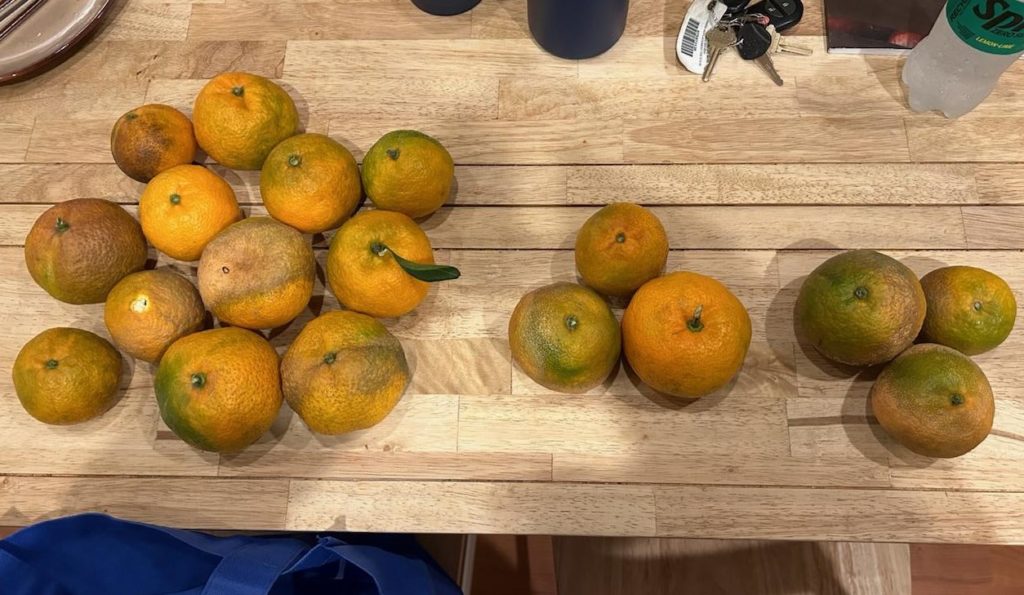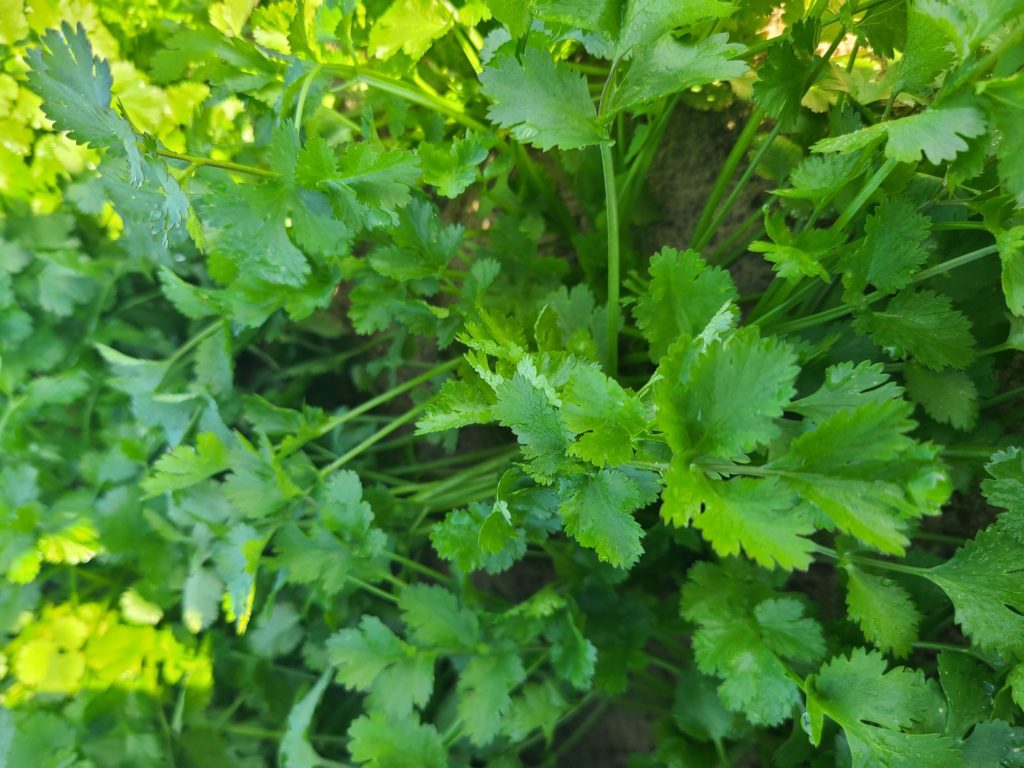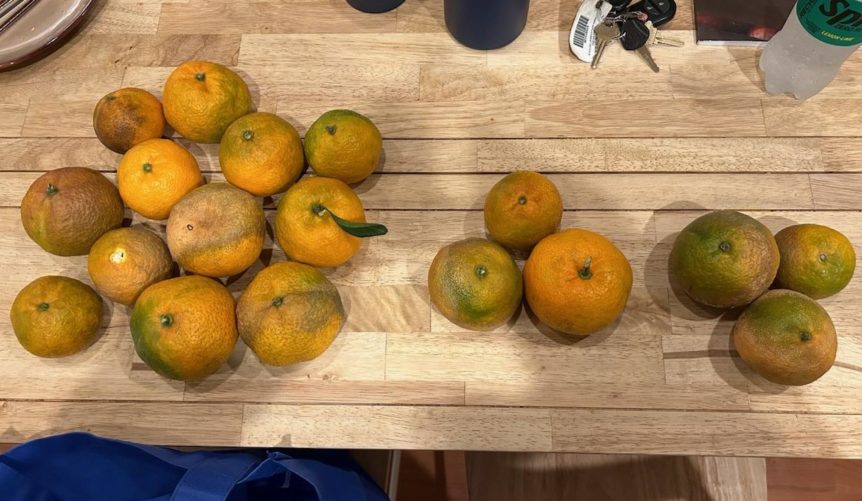
Weekly Field Update
Clemson Extension agents provide updates in The South Carolina Grower this week about the status of various crops being produced throughout the state.
Coastal Region
Zack Snipes
- With the recent rain and cold weather, I have seen an increase in black rot on brassicas (broccoli, cabbage, collard, etc.). This bacterial disease overwinters in the soil and also comes in on transplants from the nursery and seed. Plant spacing and using clean plants are two very important management tools. Harvesting crops when dew, frost, or any other form of water is off the plant will slow the spread. If you are harvesting when wet, then you are spreading this disease. Cropping and culling diseased leaves out of the field can help slow the spread as well.
- We have been harvesting citrus lately. We had a light crop this year due to the deep freeze last Christmas and the freeze in March. Hopefully production will increase this coming season.
- Lettuce, carrots, spinach and other leafy greens are looking beautiful this time of year.

Midlands
Phillip Carnley
- Strawberries are looking good in the Midlands. They are currently trying to push a few blooms, thanks to mother nature not being consistent with the temperature. Disease pressure has gone down considerably but has not disappeared completely. There are signs of delayed plant growth, from what I can tell, due to early phytophthora infection that was halted by applications of fungicides.
- Onions have been in the ground now for about a month and are doing well. Some fields are already forming mini bulbs.
- Insect pressure has been considerably lower this fall for growers in my area due in part to better management strategies through the season. We are still seeing minimal diamondback caterpillar, the occasional imported cabbageworm, as well as aphids; and what at first glance looks like a fungal problem on collards but is actually ozone damage.
- Fresh market sweet potatoes have all finished harvest with decent yields. The biggest problem was size and consistency due to a lack of rain and irrigation. Insect pressure was not significant with little wireworm damage present.
Rob Last
- Crops in the area are developing well. Pest and disease activity remains low across the crops.
- There is some evidence of injury to strawberry leaves from the freeze event this past week.
- Brassicas may begin to purple, given reduced phosphorous uptake. This minor issue will grow out, given time, and is unlikely to be significant.
- I know it’s tough over the holidays to keep scouting, but monitoring crops regularly can help prevent issues later on.
Sarah Scott
- Field prep continues for new peach plantings. Many growers along the Ridge use a bedding plow to make berms for the trees to be planted on. This technique has shown to help in areas where armillaria root rot has been an issue.
- Strawberries are growing nicely. With the fluctuating temperatures and moisture levels, growers need to be vigilant and scout fields regularly for pest and disease issues that may flair up.
- Cabbage aphids are still popping up in some fields. I haven’t seen such a large population in several years.
Upstate
Andy Rollins
- We have a new peach orchard already planted, and others will be going in later this winter. This is the earliest planted orchard that I know of. This was possible because they are growing a fairly new rootstock, MP29, that has to be grown longer than traditional rootstocks due to its slow growth rate. These were planted on the contour of the land to also assist with erosion from the tilled soil down the hill.
- A few key things to make sure of during this process.
- Planted rows need to be moved to the previous orchards row middles if replanting same land.
- Make sure trees are planted so that the first major roots are no more than one inch below the soil surface.
- Row middles need to be drilled with a cover crop. Small grains like wheat/oats and clover are a good option in the fall before planting trees. Fescue can be planted with it as a permanent grass.
- Inspect the root systems for signs of any problems like root rot, borers or poor plants.










